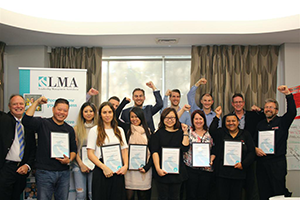Last month nearly 200 governments attended the Climate Change Conference in Paris with the aim of crafting the world’s most significant agreement to address climate change in an attempt to keep global warming in check.
With so many parties involved in highly technical and political discussions about how to limit emissions from fuels that drive their economies, it’s remarkable anything was ever agreed.
There was undoubtedly differences of opinion in these discussions; the media covering the conference often reported on the levels of disagreement the group faced throughout the conference. However, despite the disagreements, the group worked together and ended the conference with a historic deal on climate change.
This is what any group must achieve; to work together to solve the problem. However, there are many ways for a team to communicate ineffectively, so it is integral that any team or project group know what can and should happen in team meetings.
If your organisation often requires group projects and collaborative meetings then it is important to know how to communicate effectively and get the most productivity out of your team.
Leave Emotions at the Door
It is human nature to get emotional about issues we are passionate about, or to take offence when others don’t agree with our views. However, when we let our emotions get the better of us we can become less productive and the whole discussion can fall apart and the only result you get will be arguments or hurt feelings.
If you feel like a fellow team member is being disrespectful to your views it is important to find a constructive way to communicate that to them. At the same time, everyone needs to keep an open mind and engage in active listening. Active listening means everyone should be taking notes, asking relevant questions to what is being discussed and even repeating what another team member has said to clarify their meaning if you are unsure. People can make assumptions on something that is said, rather than taking it for its true meaning. If this is the case, asking questions and repeating what someone has said will help you to clarify their exact meaning.
Effective Management
Any team needs to have someone leading the discussion, whether it be a manager in the organisation or a team member elected before the meeting. The most important aspect of this person’s role is to keep everyone in order and identify when effective communication is lacking.
An effective leader needs to be on top of what is being discussed and keep everyone on track. Make sure the team keeps its focus and sticks to the matters at hand.
Teams can spend too much time discussing the issue or task, rather than implementing strategies to solve the problem – a team leader’s job is to ensure this doesn’t happen. If they notice that a problem is not getting solved they need to address it with the team and get them communicating more effectively and working on their problem solving skills.
Be Proactive, Not Reactive
Try to identify any issues that you think may arise when you are setting a new task or deadline, rather than letting the issue present itself and reacting accordingly. If problems are handled in a reactive way then the team will always be a step behind, which can cause unwanted stress and affect productivity.
One way to be proactive is to determine what tasks are the most critical and delay the non-critical tasks. A great way to do this is to keep a spreadsheet, or similar style list, that details everything the team needs to discuss or accomplish. Label items that are critical or place date deadlines on them and highlight items that can be held to a later date. This ensures you are discussing only what you need to and can focus your time on the most important items. As a result, the team can adequately discuss the task and present their ideas and any concerns, so that if problems arise, they can address them swiftly.
Each team member should make a list of the items you feel are the most important to discuss, that way you come into the discussion prepared to address your views in the best way possible. Meetings can often get off track when people ‘wing it’ and don’t pre plan what they want to discuss or issues they need to address.
Being proactive also requires looking at the processes in your company in order to ensure that, if a problem does arise, dysfunctional processes don’t inflame the situation and create frustration. Create a flow chart of responsibilities so that each team member knows where to go if the need presents itself and there is no undue waste caused by lack of communication and going to the wrong area for resolution.
Get all team members involved in being proactive, as they can better advise of any task-related difficulties in their particular area, which can help to anticipate and avoid future problems.
When teams run effectively it helps to create a harmonious environment for all employees and increases productivity and profitability.
Is your team functioning effectively? LMA’s new DIY Teamwork Analysis Tool is designed to assess your team’s current performance level and identify areas for improvement. Click here to start the DIY Teamwork Analysis.

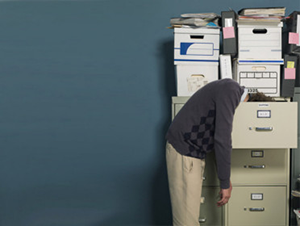

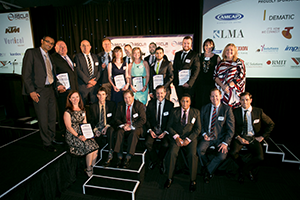
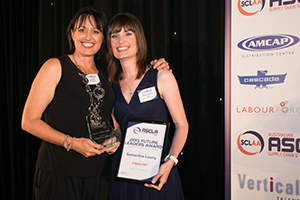
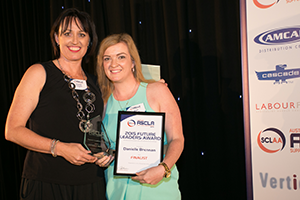
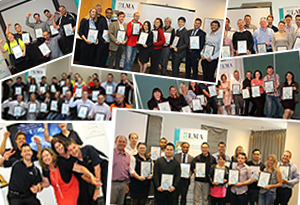

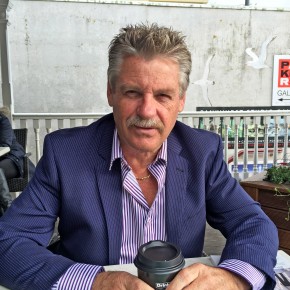
 As a leader and manager of significant projects with large revenue streams, Steve has been responsible for directing outstanding sales and market delivery, effectively promoting change and development in the industry with recognised communication skills, and influencing decision makers and key stakeholders to the benefit of his team and organisation.
As a leader and manager of significant projects with large revenue streams, Steve has been responsible for directing outstanding sales and market delivery, effectively promoting change and development in the industry with recognised communication skills, and influencing decision makers and key stakeholders to the benefit of his team and organisation.